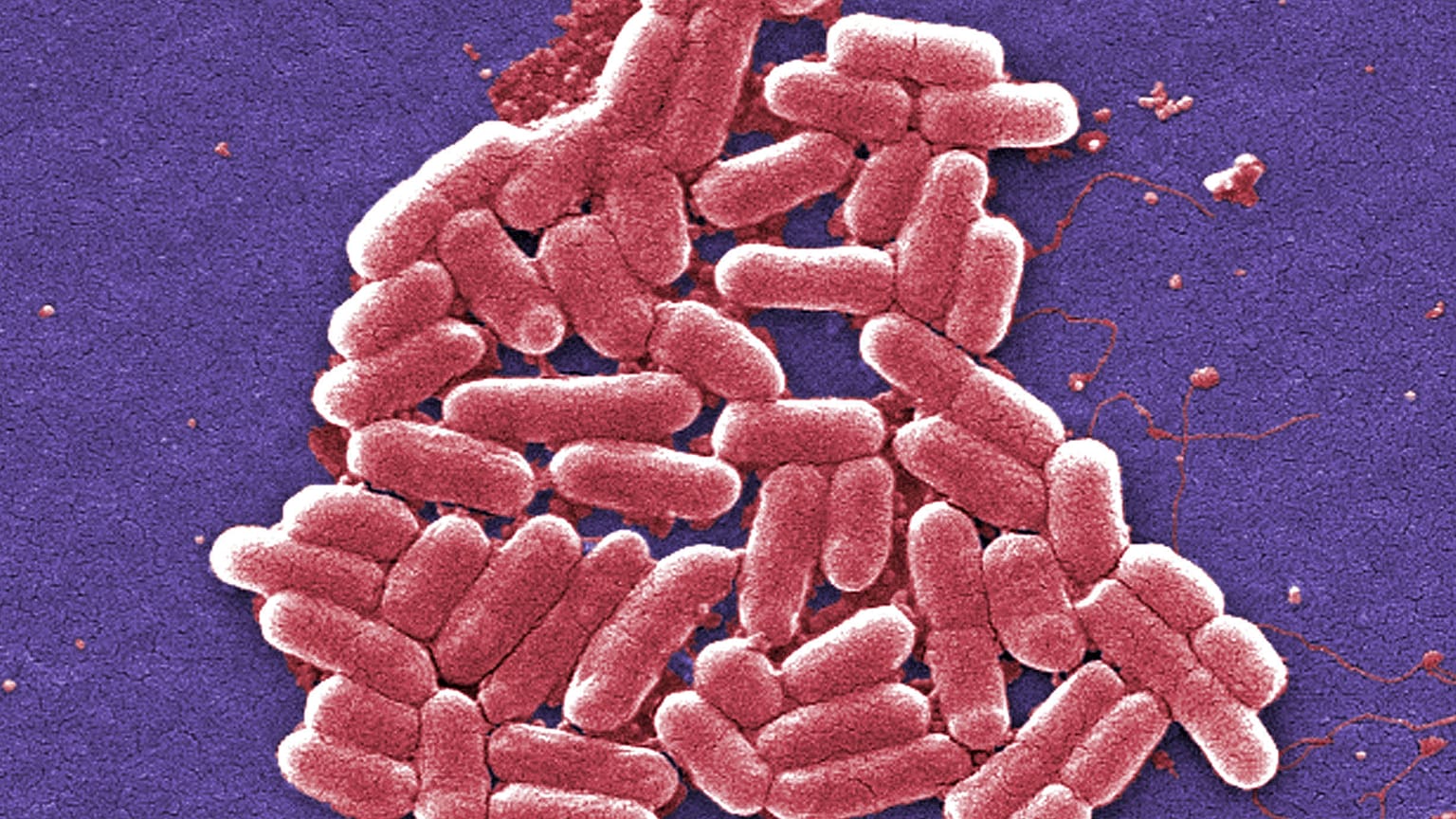The new antibiotic was effective against multidrug-resistant strains of bacteria in the lab but further testing is needed to determine if it works in humans.
Researchers in the United States have created a new antibiotic that they say overcomes diverse forms of antimicrobial resistance.
The synthetic antibiotic, called cresomycin, was effective against multidrug-resistant strains of bacteria like Staphylococcus aureus, Escherichia coli, and Pseudomonas aeruginosa.
Two of these bacteria are included on the World Health Organization (WHO)’s list of priority pathogens for which new antibiotics are "urgently needed".
Antimicrobial resistance, when bacteria, viruses, or other microbes no longer respond to medicine, is a top public health threat that causes more than 35,000 deaths in the European Union per year.
The researchers at Harvard University say that the pace of discovering effective antibiotics has not matched the rate of its spread globally due to antibiotic misuse and a lack of incentives to develop these drugs.
"While we don’t yet know whether cresomycin and drugs like it are safe and effective in humans, our results show significantly improved inhibitory activity against a long list of pathogenic bacterial strains that kill more than a million people every year, compared with clinically approved antibiotics," Andrew Myers, a professor of chemistry at Harvard University who led the research, said in a statement.
The new molecule is one of several that the team has developed and is inspired by a class of antibiotics called lincosamides. These include the commonly prescribed clindamycin, an antibiotic that is used to treat serious bacterial infections.
"Most antibiotics are either natural products or semi-synthetic (chemically modified) versions of natural products. However, it can be difficult to know how best to chemically alter antibiotics to make them work better," said Andrew Edwards, a senior lecturer in molecular microbiology at Imperial College London who was not involved in the research.
"As such, this work is interesting and significant because it studied at the most fundamental atomic level how existing antibiotics stop bacteria from growing. The researchers then used this information to make a new antibiotic that not only works very efficiently, it can also overcome resistance," he added.
The new antibiotic cresomycin targets the bacterial ribosome and has an improved ability to bind to it.
While in some cases, bacteria can develop resistance to ribosome-targeting antibiotics by producing enzymes that disrupt the drug's ability to attach to it, this antibiotic closely resembles its target to be more effective.
Challenges lie ahead
Edwards said that the study demonstrated the importance of "understanding how antibiotics work at the most fundamental level so that better versions that overcome resistance can be developed".
The researchers used a method outlined in a 2016 study from the Myers lab that involves using chemical building blocks in different combinations and testing them on bacteria, which can speed up the discovery of antibiotics.
Edwards cautioned however that "moving interesting findings from the lab to the clinic is a long and very challenging process".
"Whilst this work shows promising data from animal studies, it remains to be seen if the antibiotic developed here works in humans," he added.
After the discovery phase of the new antibiotic, there are studies to rule out toxicity in the laboratory that can go on for years.
The researchers have confirmed so far that the compound does not inhibit human cell growth of any of the key enzymes for cellular function.
"Discovery of new antibacterial agents is critical to stay one step ahead of bacteria as these pathogens are constantly evolving ways to evade even our 'last-resort' antibiotics," Ben Tresco, a co-author of the study and graduate student at Harvard, told Euronews Health.
"With the widespread use of antibiotics, the rates of antimicrobial resistance continue to rise. Furthermore, this area of research has been largely abandoned by large pharmaceutical companies due to economic considerations; this presents an opportunity for academic labs like ours to really make an impact," he said.


















